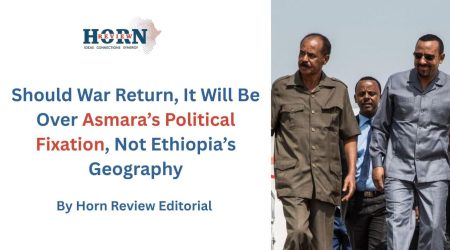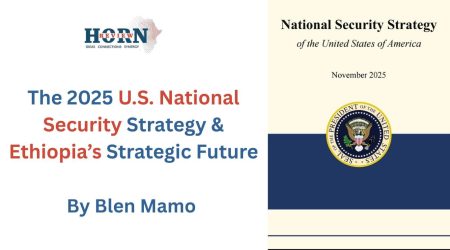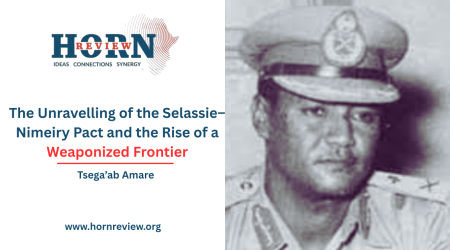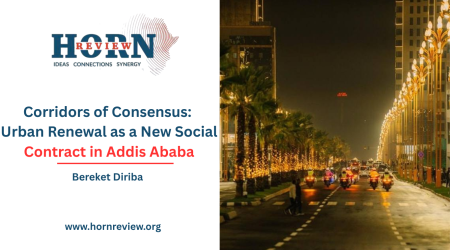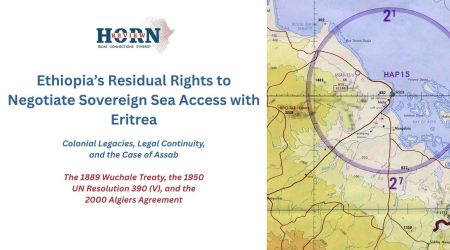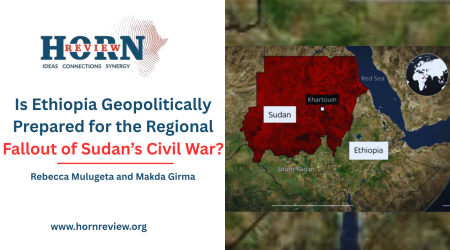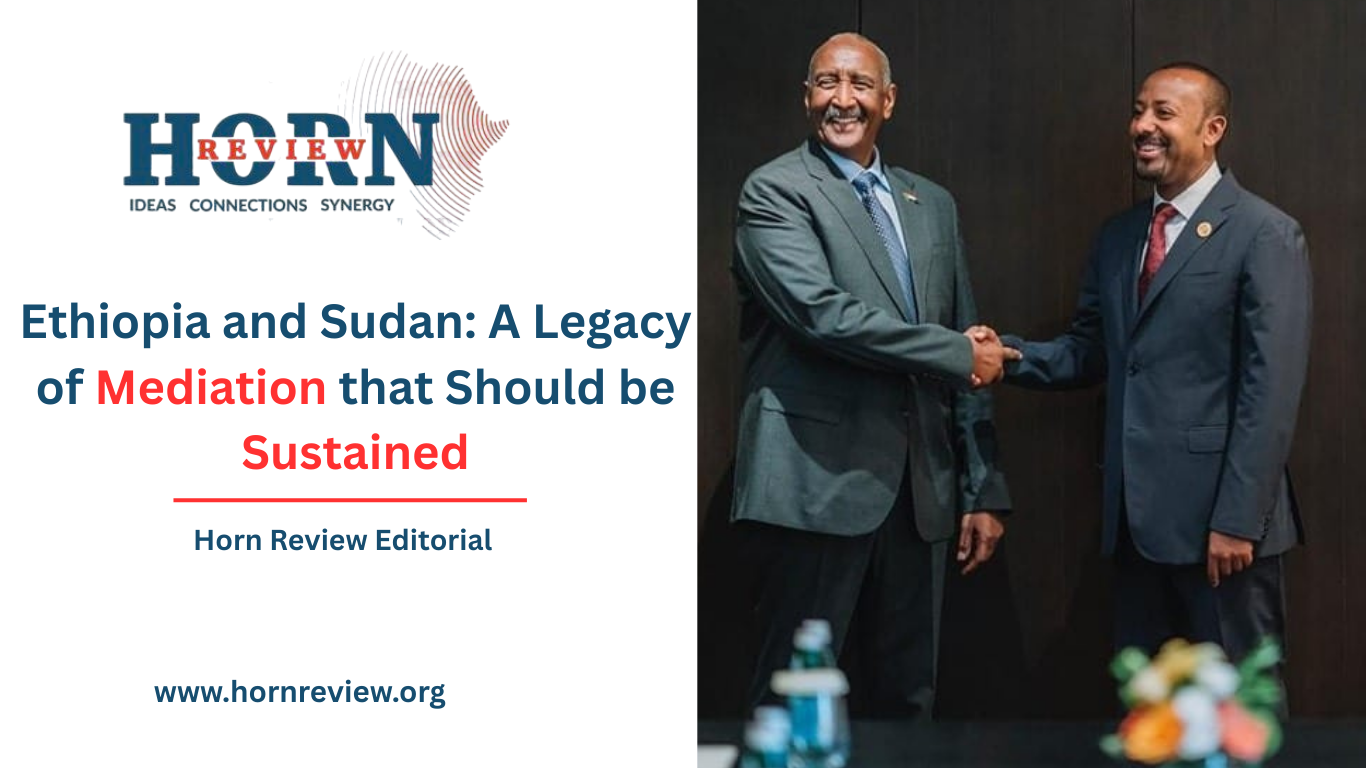
21
Nov
Ethiopia and Sudan: A Legacy of Mediation that Should be Sustained
Ethiopia and Sudan share one of the most intricate and consequential relationships in the Horn of Africa. Their interactions stretch back well before the emergence of modern states, shaped by geography, military encounters, spiritual connections, and the overlapping destinies of the Nile Valley and the Ethiopian highlands. In the late nineteenth century, when Sudan was under Egyptian control, the Khedival advance into Ethiopia was halted by decisive Ethiopian victories at Gundet and Gura. The subsequent rise of the Mahdist state brought additional conflict along their shared frontier, culminating in the 1889 battle at Metemma in which Emperor Yohannes IV fell while resisting Mahdist incursions. These episodes established early patterns of strategic vigilance and mutual influence that would echo across generations.
With the onset of the colonial period, the relationship moved onto diplomatic terrain. As Britain and Egypt administered Sudan, Ethiopia negotiated a series of boundary agreements, including the 1902 treaty, which delineated much of the modern frontier. Although these arrangements brought a degree of stability, they also left unresolved areas – most notably Al-Fashaga – that would later re-emerge as points of friction. Still, relations during this era were marked more by pragmatic coexistence than confrontation.
Sudan’s independence in 1956 opened a new phase in Ethiopian–Sudanese relations, one defined by both cooperation and strategic complexity. During the First Sudanese Civil War, Ethiopia hosted southern Sudanese refugees and tolerated Anyanya rebel activity in its western regions. These developments were shaped less by deliberate intervention than by the realities of shared borderlands and intertwined communities, yet they created precedents that linked Ethiopia to Sudan’s internal dynamics. This connection deepened during the Second Sudanese Civil War, when the Derg government supported the SPLA/M at a time when Khartoum, in turn, was backing Eritrean insurgent movements. The reciprocal nature of these actions reflected the rapidly shifting ideological and security landscape in the region.
A major transformation came after 1991. With a new leadership in Addis Ababa, Ethiopia adopted a more institutional and balanced approach to regional diplomacy. Rather than relying on bilateral pressure or covert alliances, it revitalized IGAD and played a central role in crafting the 1994 Declaration of Principles – the platform that eventually guided Sudan and the SPLA/M toward the 2005 Comprehensive Peace Agreement. Ethiopia’s credibility in this process came not only from geography and proximity but from qualities long recognized by Sudanese actors: a reputation for neutrality, an absence of sectarian or ideological agendas, and a tradition of offering safe and neutral venues for dialogue. These attributes enabled Ethiopia to convene difficult conversations and contributed to the sense, widely held in the region, that Ethiopia was a stabilizing and trustworthy partner.
Following the signing of the CPA, Ethiopia’s role evolved again, but its stabilizing function remained central. It became one of the leading contributors to peacekeeping missions in Sudan, and eventually the sole troop provider for the UN mission in Abyei. Ethiopia helped mediate contentious issues between Sudan and the newly independent South Sudan, including oil transit arrangements and border demarcation, and its diplomatic efforts were widely viewed as pragmatic and constructive. In 2019, during Sudan’s political transition, Ethiopia helped broker dialogue between civilian and military actors – another example of how its historical role, regional stature, and reputation for even-handed engagement enabled it to support Sudan at critical junctures.
The regional landscape has shifted significantly in recent years. Ethiopia has faced internal challenges that required focused national attention, while Sudan has undergone its own dramatic transformations. As new actors – from Egypt to Gulf states and global powers – expanded their influence in Sudan, the diplomatic environment surrounding the current conflict became increasingly crowded and fragmented. IGAD, historically Ethiopia’s primary multilateral platform for Sudanese mediation, experienced internal divisions that limited its capacity at a time when Sudan’s conflict became more complex. In this context, Ethiopia’s more restrained posture toward the current crisis reflects a measured and strategic choice. Prioritizing internal stabilization, avoiding perceptions of bias, and refraining from entering a highly fragmented and fluid conflict environment can be prudent, particularly when missteps could create misunderstandings with neighbors or complicate broader regional relationships.
At the same time, Ethiopia’s national interests remain closely intertwined with Sudan’s future. Stability in Sudan is essential for secure borderlands, for managing large-scale population movements, and for sustaining economic and social ties among border communities. Sudan’s eventual political configuration will also influence its long-term position on Nile Basin issues, including its stance toward the GERD – an area where Ethiopian and Sudanese interests have previously aligned but have also fluctuated depending on the nature of Sudan’s internal politics. This makes Sudan’s stability not simply a regional concern but a matter directly connected to Ethiopia’s long-term strategic objectives.
Ethiopia’s foreign policy tradition toward Sudan has always been grounded in principles rather than coercion: neutrality, respect for sovereignty, and the pursuit of regional stability. These qualities have long distinguished Ethiopia as a credible actor capable of facilitating dialogue even when others could not. As Ethiopia continues to consolidate internal peace and navigate broader shifts in the region, preserving this legacy remains a strategic asset. A careful balance between domestic priorities and selective, well-timed diplomatic engagement with Sudan will enable Ethiopia to sustain its historical influence without overextension.
In moments when the region becomes fragmented or polarized, Ethiopia’s role as a steady, constructive neighbor becomes even more valuable. The historical record shows that when Ethiopia engages with clarity and balance, it can shape regional outcomes in ways that advance both its own national interests and the broader stability of the Horn of Africa. The present circumstances call for a recalibrated approach – neither retreat nor overreach, but a deliberate positioning that maintains Ethiopia’s credibility and prepares the ground for meaningful engagement when the conditions are right.
By Horn Review Editorial

